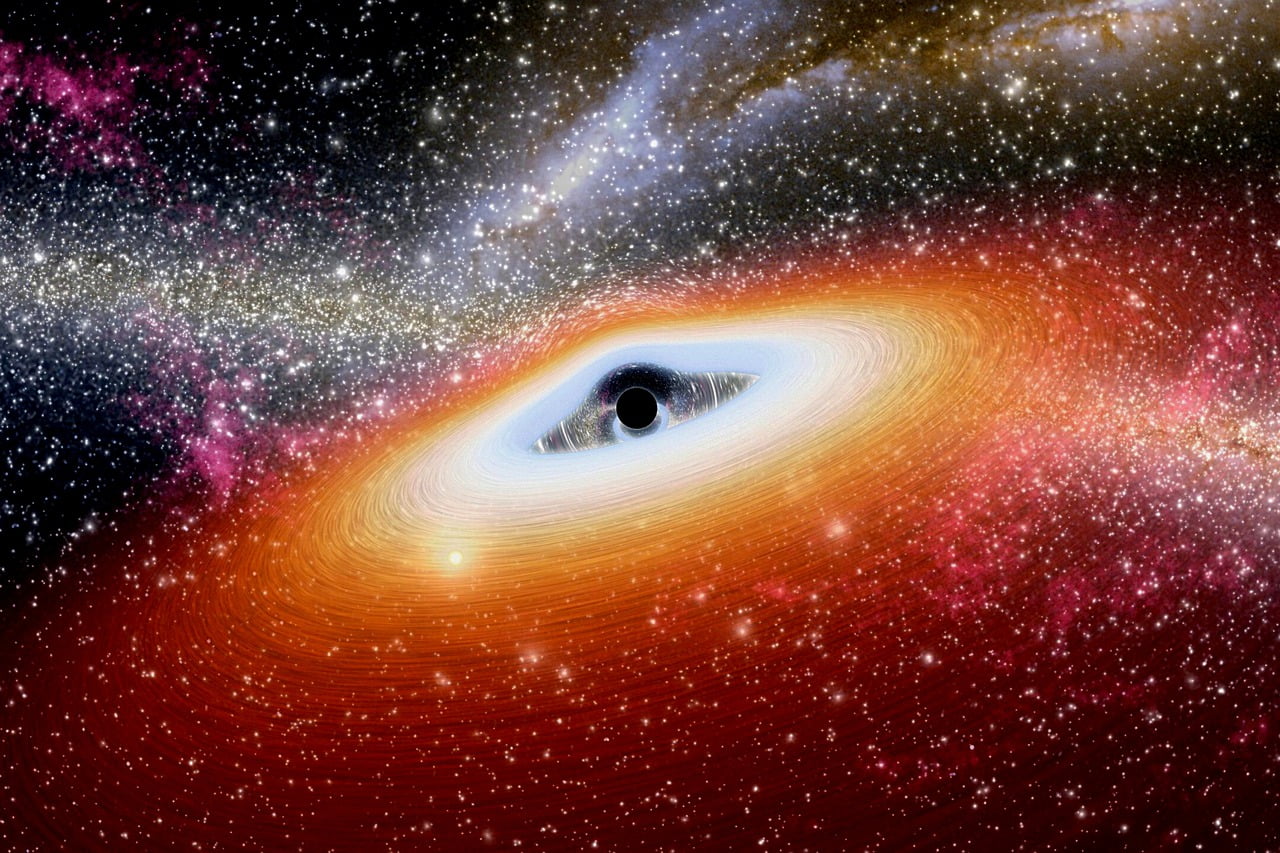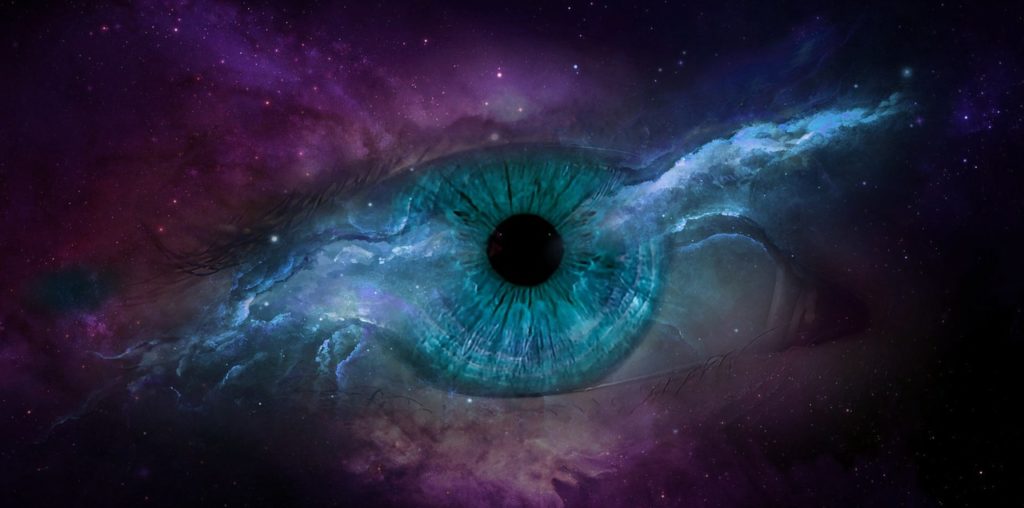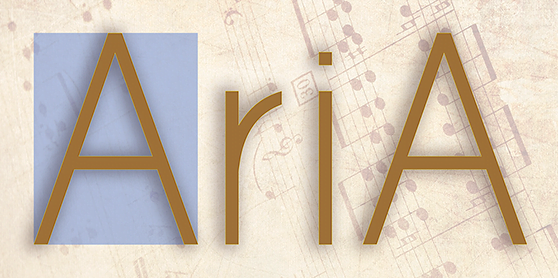What is a black hole? Why is the 2019 Event Horizon Telescope photo so important? Let's shed some light
After those responsible for the Event Horizon Telescope (EHT) project showed the world the first image of a black hole and the first image of a black hole at the centre of the Milky Way, many are trying to understand more about what is still a very complex (and mysterious), yet so important, subject.
Indeed, scientists are convinced that it is in black holes that important secrets for understanding the underlying nature of the universe may be hidden. Indeed, it is no coincidence that the 2020 Nobel Prize in Physics was awarded to three scientists (Roger Penrose, Reinhard Genzel and Dr. Andrea Geza) for their research into these amazing supermassive bodies.
So let's try to understand a few things for ourselves by answering the most common questions point by point.
What is a black hole?
Let's start with the basics of everything: black holes are not really 'holes', but regions of space that, due to their extremely powerful gravitational pull, absorb everything: matter, stars, even light. This is why they appear to us as huge black masses.
Black holes are not all the same, and primarily differ in size.
Relatively small though they may shrink and contain the masses of millions or billions of suns, black holes are by definition invisible, complicated by the fact that these monsters try to hide their own activity. They do this with clouds of dust and vortices of super-hot gas. Yet in this game of deception - and the gravitational absorption process of which they are the protagonists - they give themselves away: they emit specific radio waves, and it is those in the 1.3 millimetre range that are picked up by radio telescopes.
How does a black hole form?
A black hole usually forms when a large 'dying' star explodes, producing a supernova. After a colossal explosion, a black hole is left at the centre. Giant (or supermassive) black holes at the centre of galaxies: examples are Sagittarius A* at the centre of the Milky Way and M87, immortalised by the EHT.
Intermediate black holes: These have a mass 30-60 times that of the Sun and have recently been detected by gravitational-wave observatories, although their origin is still unclear.
What was photographed by the EVENT HORIZON TELESCOPE?
The image that went around the world in April 2019 is of a black hole at the centre of galaxy M87, a supergiant elliptical galaxy 53 and a half million light years away.
Remember that a light year is a unit of measurement which shows the distance travelled by light in one year. This means two things: 1) the galaxy and the black hole are very far apart; 2) the image 'captured' by the EHT is actually 53 and a half million years old!
Returning to our black hole, it is named after its galaxy, M87, and has a mass six and a half billion times that of the Sun, and two million billion times that of the Earth.

However, in May 2022, EHT researchers repeated this result by capturing Sagittarius A*, the black hole at the centre of the Milky Way, our galaxy.
Why are M87 and Sagittarius A* surrounded by a ring of light? The black hole itself cannot be photographed - not because our instruments are backward: it is physically impossible - but scientists have been able to "catch" its shadow as a silhouette against a peculiar ring of light. The ring is actually a large accumulation of very hot matter (gas and dust, which reaches billions of degrees in temperature) about to plunge into the hole.
Sagittarius A* is also surrounded by gas, the glow of which enabled the black hole to be visually identified.
How are black holes photographed?
In fact, for all that, the historical photograph..... is not a photograph. The image of M87 is the result of a painstaking reconstruction of 10,000 terabytes of data resulting from some 120 hours - "stretched over two years" - of observations from dozens and dozens of radio telescopes scattered around the world. The co-ordination was so precise that an atomic clock was used to ensure perfect synchronisation. A similar procedure was used for Sagittarius A*, although there were "only" eight radio telescopes involved.
In short, the image is a kind of gigantic and complex 'puzzle' of data, which has then been transformed into a photographic "proof".



 and then
and then 
